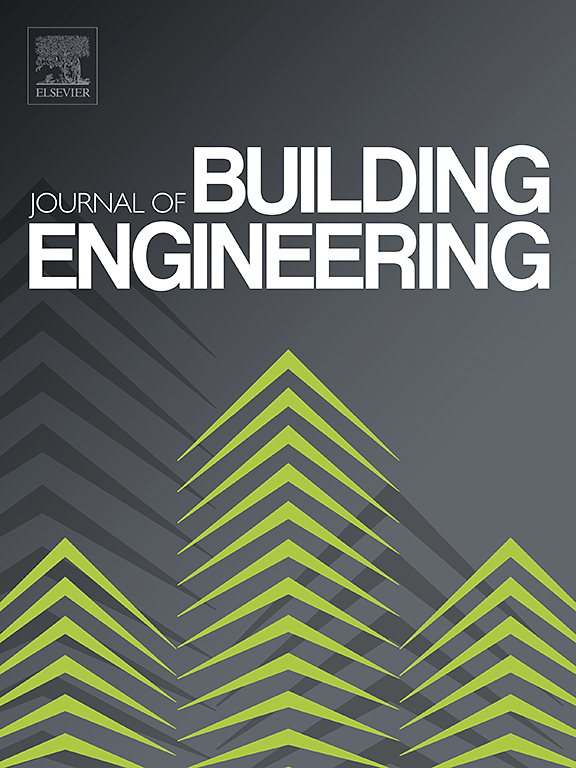Ventilation strategy for particulate matter control in subway stations
IF 6.7
2区 工程技术
Q1 CONSTRUCTION & BUILDING TECHNOLOGY
引用次数: 0
Abstract
Particulate matter severely affects human health, and its migration is closely related to human walking and ventilation. It is essential to select an appropriate ventilation strategy to control the particulate matter caused by cluster passengers walking. In this study, cluster passengers walk in the narrow passage of a subway station. Large eddy simulation (LES) was used to study the influence of cluster passengers walking on the transmission of particulate matter under ventilation conditions involving upper exhaust and lower exhaust. The risk of passengers exposure was analyzed by comparing the exposure levels of particulate matter at different heights under the effect of human disturbance. The results show that the amount of particulate matter near the legs is greatest during human walking. Clustered passengers disturbance airflow induces particulate matter to rise to the breathing zone, which increases the risk of human exposure. Lower-side exhaust conditions are more conducive to the discharge and control of particulate matter. The disturbance of cluster passengers enhances the continuous transmission of particulate matter in the wake flow. This study is applicable to traffic hubs and other public places where passengers gather, the ventilation of the upper side exhaust has better control effect on particulate matter caused by passengers wake flow.地铁站颗粒物控制通风策略
颗粒物严重影响人类健康,其迁移与人类行走和通风密切相关。选择适当的通风策略来控制集群乘客行走时产生的颗粒物至关重要。在本研究中,集群乘客在地铁站的狭窄通道中行走。采用大涡流模拟(LES)研究了在上排风和下排风的通风条件下,集群乘客行走对颗粒物传播的影响。在人为干扰的影响下,通过比较不同高度的颗粒物暴露水平,分析了乘客暴露的风险。结果表明,人体行走时,腿部附近的颗粒物数量最多。聚集的乘客干扰气流会导致颗粒物上升到呼吸区,从而增加人体暴露的风险。下侧排气条件更有利于颗粒物的排放和控制。集群乘客的干扰增强了尾流中颗粒物的持续传播。本研究适用于交通枢纽和其他乘客聚集的公共场所,上侧排气通风对乘客尾流造成的颗粒物有更好的控制效果。
本文章由计算机程序翻译,如有差异,请以英文原文为准。
求助全文
约1分钟内获得全文
求助全文
来源期刊

Journal of building engineering
Engineering-Civil and Structural Engineering
CiteScore
10.00
自引率
12.50%
发文量
1901
审稿时长
35 days
期刊介绍:
The Journal of Building Engineering is an interdisciplinary journal that covers all aspects of science and technology concerned with the whole life cycle of the built environment; from the design phase through to construction, operation, performance, maintenance and its deterioration.
 求助内容:
求助内容: 应助结果提醒方式:
应助结果提醒方式:


